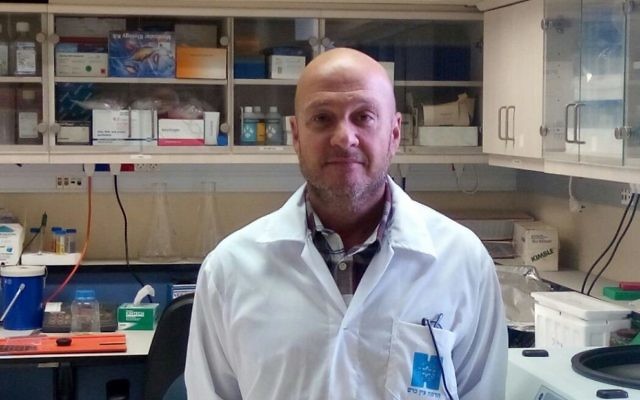Building bridges with Hadassah
DEVELOPING collaborations and fostering student exchanges will be top of mind for Hadassah Hospital's head of research and development, Professor Eyal Mishani, during his four-week Australian visit which begins this week thanks to Hadassah Australia.
DEVELOPING collaborations and fostering student exchanges will be top of mind for Hadassah Hospital’s head of research and development, Professor Eyal Mishani, during his four-week Australian visit which begins this week thanks to Hadassah Australia.
Mishani – who also serves as director-general of Hadassah Hospital’s medical research fund that supports the work of 300 Israeli researchers – is a leading specialist in the field of medical imaging development and will present lectures and attend meetings at major universities, hospitals and research institutions in Melbourne, Adelaide, Sydney and Brisbane.
“My hope is that after my visit we’ll [Hadassah] initiate more collaborations and also attract investments in start-up companies of Hadassah,” Mishani said. “For me, the most important thing is if we will build the mechanism of student exchange – specifically between Hadassah but more generally between Israel and Australia – then I will be very satisfied.”
Under Mishani’s watch, Jerusalem’s Hadassah Hospital is responsible for conducting more than half of hospital-based grant-funded bio-medical research in Israel, and its team has more than 500 research papers published per year.
“We established a research fund three years ago when I took up the position of head of R&D to give more attention to research in all its aspects, from manpower to building infrastructure to strategic decision-making,” Mishani said.
“One of the main fields of interest today at Hadassah is developing personalised medicine for cancer and other diseases. We’re conducting very promising research using stem cells in various applications including neurology, and we’re investing a lot of effort in developing regenerative medicine for diseases like diabetes.”
In his own area of expertise, he said, “We’re trying to develop a very sophisticated radioactive imaging agent that will lead us to bio-chemical imaging of processes within cells, in-vivo, in the human body.
“In the field of non-small-cell carcinoma, we can now target certain components which are exclusively expressed in cancer cells, and guide and monitor specific treatments.”
After completing a PhD at Tel Aviv University, Mishani went to Washington University on a post-doctoral fellowship in molecular imaging, and was then recruited by Hadassah to build Israel’s first PET medical imaging facility.
“I still enjoy my work every day, and that is my advice to science students – the most important thing is to wake up in the morning feeling enthusiastic and looking forward to conducting research,” he said.
SHANE DESIATNIK


comments